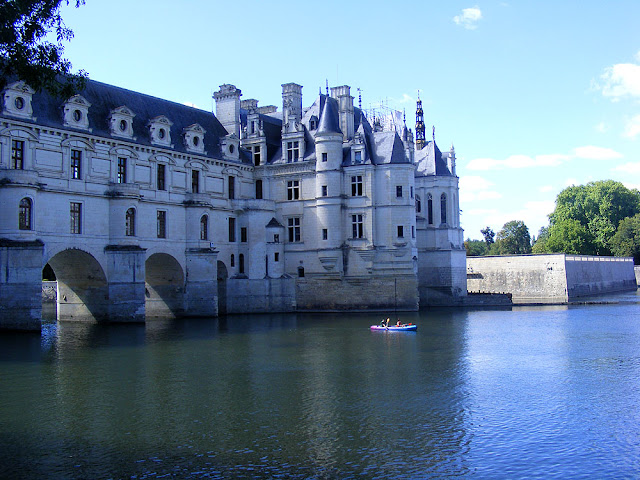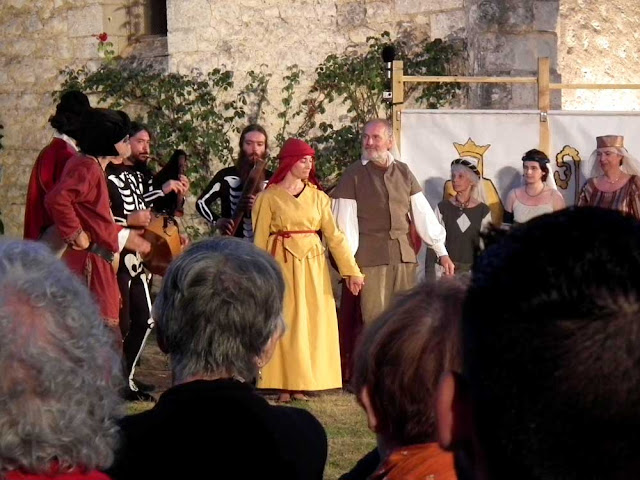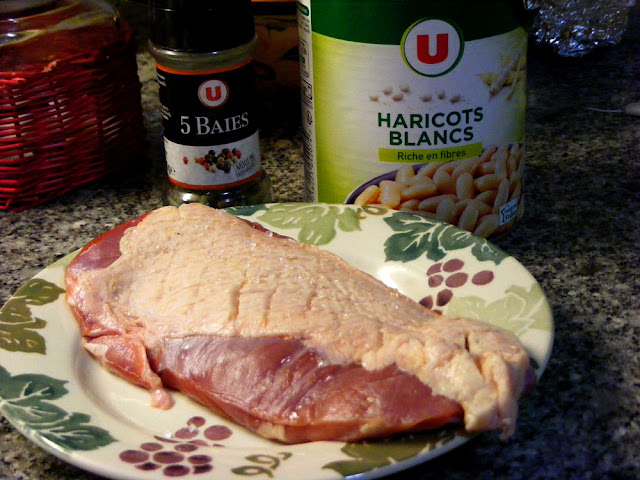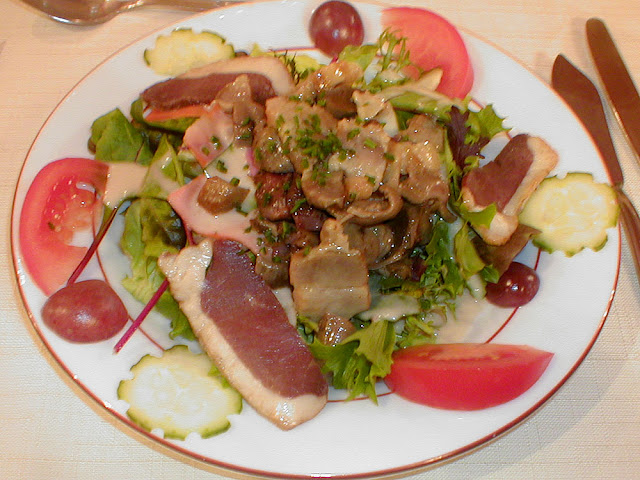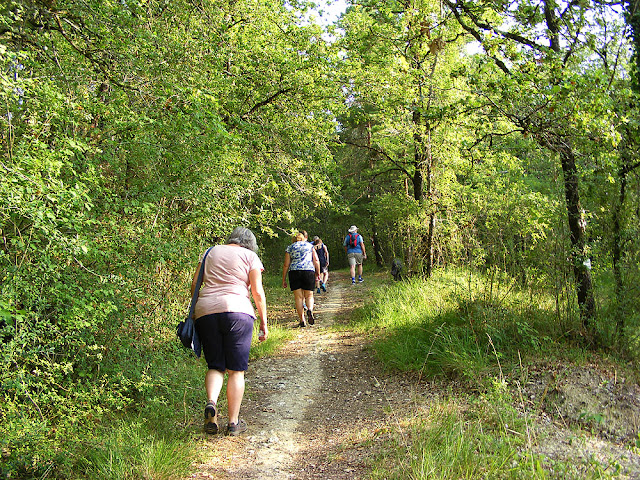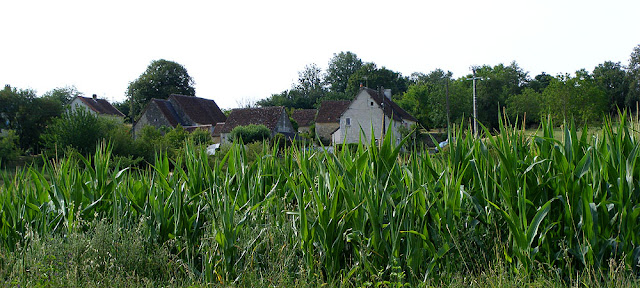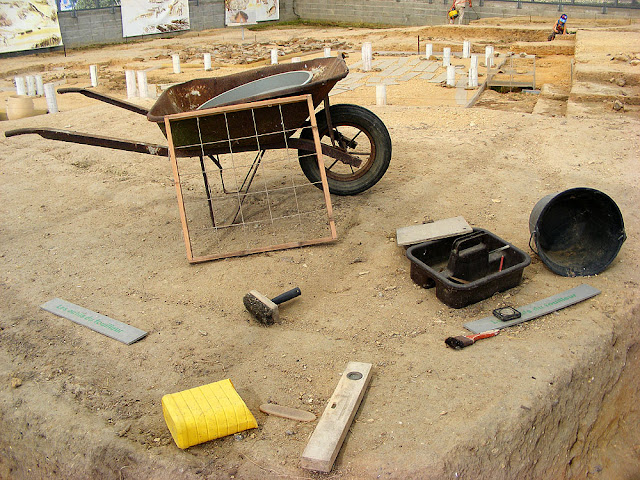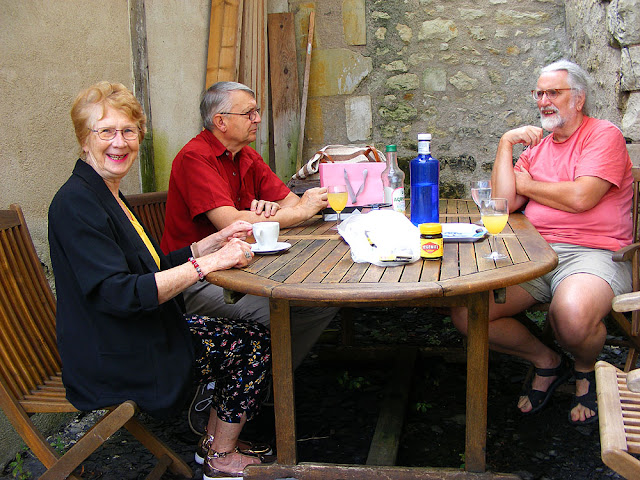Recently Chenonceau has been reviewing its safety and security arrangements, both on land and on the river. Checks were carried out on tourism service providers in and around the chateau to test safety.
Canoeing past the chateau.
The checks, carried out in the vicinity of Chenonceau and within the chateau itself, were necessary. Four canoe and boat rental companies were checked by the police and government services. One boat operator has been issued with a request for compliance. He uses about 50 small rowing boats, while his authorization stipulates 30. A warning was sent to him for non-compliance with the authorization granted.
Boating on the Cher near the Chateau of Chenonceau.
Another service provider has received a formal notice to cease activity immediately. A third is suspected of carrying out an economic activity under the guise of not-for profit and reportedly employs undeclared staff.
Poster advising visitors they will be cat scanned.
The security arrangements at the Château de Chenonceau entrance failed their first random anonymous test. On July 6, two plainclothes policemen tested the security by trying to bring their weapons in. Only the chateau security coordinator was aware of the procedure.
Bag inspection at the entrance to the chateau.
They didn't do too badly, as the security guard in charge of the entry searches, an employee in training, detected one of the pistols. Another chateau security guard detected, a little further on, the second pistol after some suspicions. "No danger to the public" but it was felt to be a first test that indicated the need for improvement. Less than three weeks later, the site was equipped with a metal detector in addition to the visual inspection and opening of the bags, which have shown their limits.
A security guard at Chenonceau.
Now only experienced security guards get to man the entry point, and on a second random unannounced test, with the metal detector, they did much better. The purpose of these reviews was not just to discover any gaps in the procedure, but to remind staff to remain vigilant. With 800 000 visitors annually, Chenonceau is the most visited tourist site in Indre et Loire, by a long way. Security is important, but so is the quality of the welcome.
Obviously they cannot guarantee absolute safety, but the reviews have ensured the best possible procedures.
(Rather appealingly, being the head of security at Chenonceau involves some slightly unusual duties.)
(Rather appealingly, being the head of security at Chenonceau involves some slightly unusual duties.)
************************************************
For details of our private guided tours of chateaux, gardens, wineries, markets and more please visit the Loire Valley Time Travel website. We would be delighted to design a tour for you.
We are also on Instagram, so check us out to see a regularly updated selection of our very best photos.
We are also on Instagram, so check us out to see a regularly updated selection of our very best photos.

